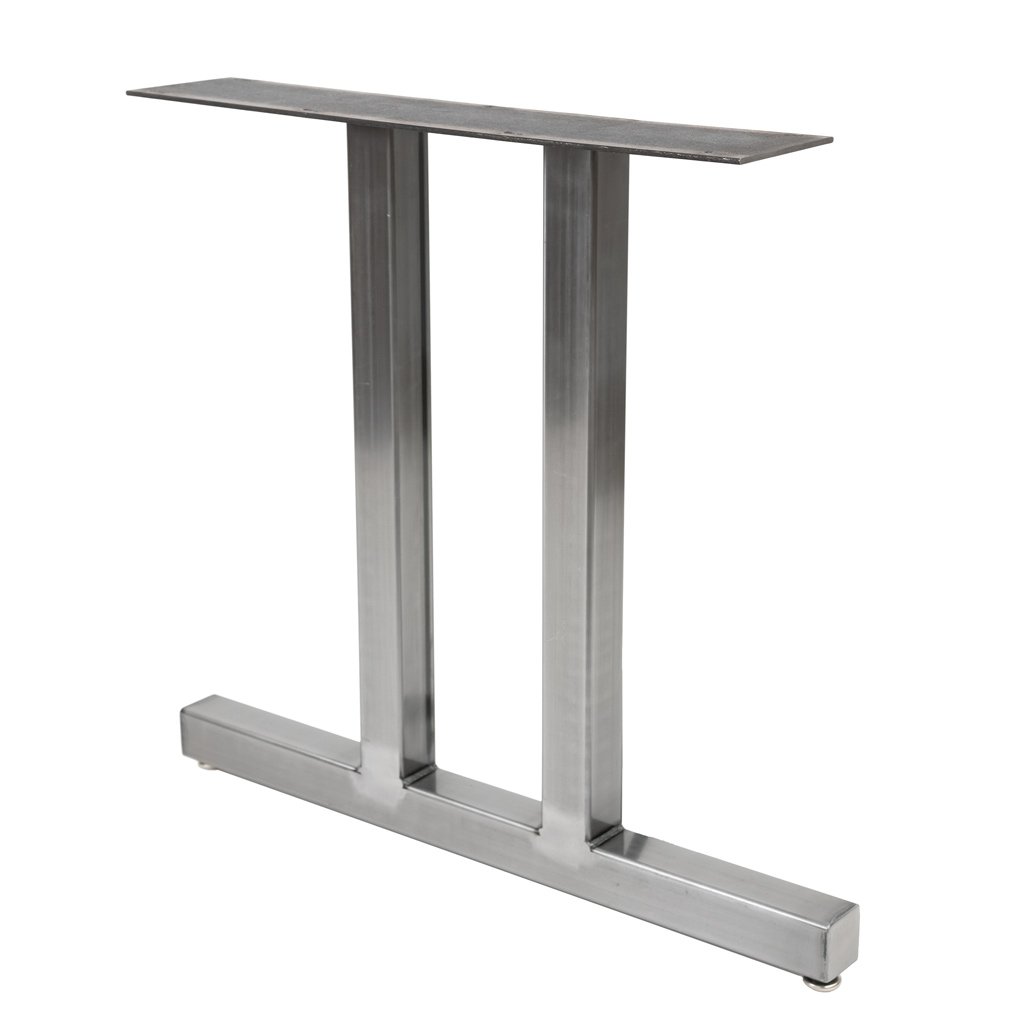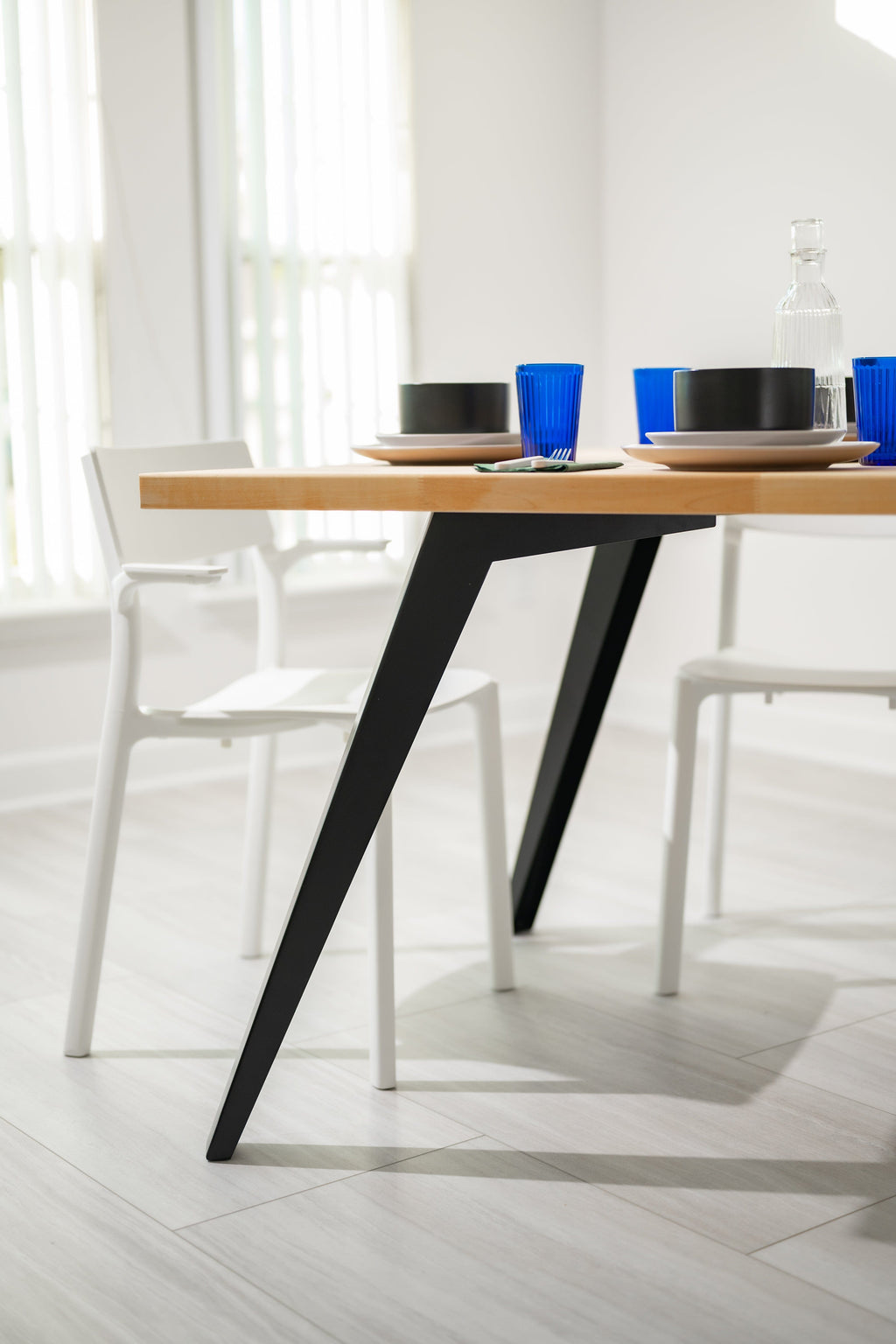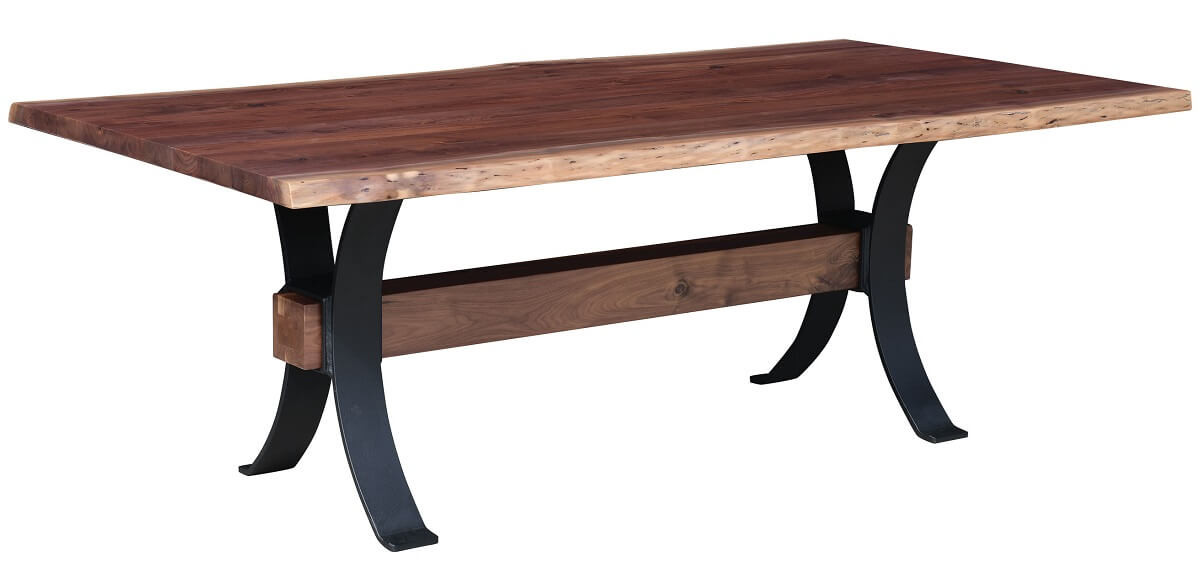How to Choose the Perfect Dining Room Table Legs for Your Home
How to Choose the Perfect Dining Room Table Legs for Your Home
Blog Article
Expert Tips for Setting Up Dining Room Table Legs for Optimum Stability
When it pertains to installing dining-room table legs, accomplishing maximum security is vital for both performance and appearances. The process starts with selecting the right products and hardware, adhered to by careful positioning and consideration of weight circulation. Each step plays a vital role in making certain that the completed item stands up to everyday usage without compromising safety and security or style integrity. Recognizing the nuances of these aspects can considerably affect the overall end result. What specific methods can boost stability also further?
Pick the Right Legs
When selecting the suitable legs for your eating room table, it is important to consider both performance and aesthetics. The legs you select will substantially impact the general layout and stability of the table. First, review the table's intended usage; if you expect regular gatherings, sturdier legs, such as those made from solid wood or metal, may be better, as they offer enhanced durability and support.
Next, consider the height and style of the legs in relation to the tabletop. Standard table typically vary from 28 to 30 inches in elevation, so ensure the legs line up with this requirement for comfort. The design of the legs need to enhance the style of the tabletop-- whether it be modern, rustic, or traditional. Tapered legs can add a modern touch, while turned legs may communicate a more timeless aesthetic.

Select Appropriate Hardware
Exactly how can the right hardware boost the stability and durability of your eating room table? The choice of ideal hardware is essential to guaranteeing that the legs of your table are safely affixed and able to stand up to regular usage. Top notch screws, screws, and brackets supply the essential strength to support the weight of the table, along with any type of added lots placed upon it during celebrations or dishes.
When choosing screws, choose those made from resilient products such as stainless-steel or brass, which stand up to deterioration and maintain integrity over time. The length of the screws is similarly crucial; they need to penetrate deeply into the table's structure without compromising integrity. For bolted connections, think about utilizing lock washers to avoid loosening up because of vibration or motion.
Additionally, using corner braces can include extra assistance, specifically for bigger tables or those with heavier tops. These braces disperse weight uniformly and help keep the table's shape. Ensuring that the equipment you choose is suitable for the specific products of your table will better boost its general security and longevity, enabling you to appreciate your eating experience for several years to come.
Ensure Correct Alignment
Proper placement of dining room table legs is crucial for both visual appeal and useful stability. Misaligned legs can bring about an unequal tabletop, which might not only be aesthetically unattractive yet likewise endanger the table's usability. To attain optimal placement, begin by determining the range from the table's corners to the leg add-on points. This guarantees that each leg is located equidistant from the edges, producing a well balanced look.
Utilize a level during setup to anchor confirm that each leg is perpendicular to the tabletop. It is recommended to mark the preferred leg settings on the bottom of the table with a pencil or concealing tape before protecting them.
Moreover, verify the placement after the first screws are tightened up, as changes might be essential prior to completely protecting the equipment. By focusing on appropriate positioning, you not only improve the table's overall design but also ensure that it remains stable and useful for many years to find.

Consider Weight Circulation
After making certain appropriate alignment of the dining-room table legs, it is essential to consider weight circulation to enhance stability and functionality. dining room table legs. Appropriate weight distribution is crucial in preventing ensuring and tottering that the table can support its desired tons without risk of tipping or falling down
When positioning the legs, guarantee they are put at equivalent distances from the facility of the table to evenly disperse the weight across the framework. Consider the weight of the tabletop and any kind of products that will regularly rest on it, such as tabletop appliances or ornamental items. Tables with heavier surface areas should ideally have legs located closer to the corners, as this makes best use of the base of support and decreases the risk of instability.
Furthermore, if the table my company is planned for use in a high-traffic location, take into consideration using much heavier products for the legs or adding supporting components, such as cross-bracing or a reduced shelf - dining room table legs. These modifications can aid maintain balance and stop changing throughout use. Ultimately, a well-considered weight distribution technique will significantly improve the table's general efficiency, guaranteeing it remains a practical and eye-catching centerpiece for your dining space
Test Security Before Use
Examining the security of the eating room table before usage is a critical step that ought to not be ignored. Making sure that the table is secure and stable can avoid mishaps and extend the life expectancy of the furniture. Begin by get more applying gentle pressure to various factors on the table surface area. Press down on the facility and after that along the sides, observing any kind of wobbling or changing. If the table shows instability, determine the legs or joints that might need modification.
Following, inspect that all screws and fasteners are tightened up appropriately. Loose links can cause instability and prospective damage with time. If needed, utilize wood adhesive on joints to enhance security, making sure to enable adequate drying time.

Final Thought
In verdict, the installation of dining-room table legs requires cautious consideration of materials, placement, weight, and equipment distribution to accomplish optimum security. By selecting durable legs and high-grade fasteners, ensuring accurate positioning, and dispersing weight equally, the architectural integrity of the table can be considerably improved. Carrying out a security examination before routine usage better ensures that the table will endure daily pressures, thereby giving a reputable and safe eating experience.
When it comes to installing eating room table legs, attaining optimum security is extremely important for both capability and visual appeals. The legs you choose will considerably impact the overall design and security of the table (dining room table legs). Standard eating tables commonly vary from 28 to 30 inches in elevation, so make sure the legs line up with this requirement for comfort.Proper alignment of dining space table legs is vital for both aesthetic appeal and functional security.In verdict, the setup of dining room table legs requires mindful factor to consider of products, hardware, weight, and positioning circulation to attain optimum stability
Report this page